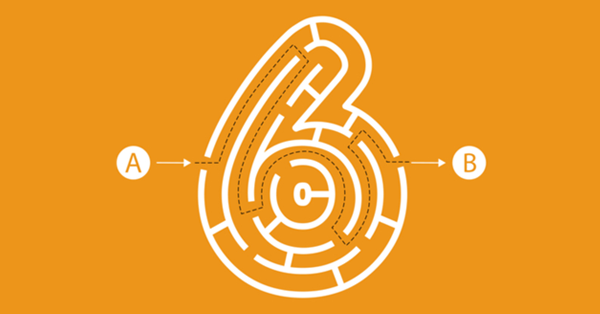 Directing a bank merger is a tremendous undertaking. Between consolidating systems, reviewing brand implications, evaluating locations, assessing operational impact and reassuring employees, there are countless decisions to make every day.
Directing a bank merger is a tremendous undertaking. Between consolidating systems, reviewing brand implications, evaluating locations, assessing operational impact and reassuring employees, there are countless decisions to make every day.
With executives focusing so much energy on operational details, existing customers are often overlooked. The mom, dad, business owner, student, not for profit group...all are people who chose to bank with a specific institution for very real and personal reasons. Was it the ease of the location or the branch manager or teller? Was it the interest rate or products and services being offered? Does it really matter?
The answer is YES, and understanding what motivates these new customers is critical in keeping them as customers for years to come.
How does your institution map out merger communications?
Of course, bank executives and managers spend significant amounts of time mapping out the account conversion process, including customer communication touches. Unfortunately, these communication plans often are not customer need-focused, but instead are driven by the new system requirements and compliance regulations. Everyone at the bank is so concerned about converting accounts to work within the new system that not enough time and energy is put into the person who owns the account(s). In turn, the notion of NEW customers gets lost in the merger process. It is important to remember these customers have a choice and can leave whenever they want. And, the competition will remind them of that every chance they get. The game is on once the merger is announced.
So, who ARE these new customers?
With so many competitive offers coming their way, it's common for the newly acquired customers to start thinking about their options. “I’m becoming a part of this new bank that I didn’t choose. Why should I stay?” Think of your experience with a new job or maybe as a high school freshman. What would have made your experience easier and better? Many companies are now establishing expanded employee onboarding processes to welcome employees to a new position. High schools are assigning freshman coaches and developing extensive orientation programs for new students. So, what can you do to make your new customers feel welcome through a merger? Could notifying new customers of the nearest location and the contact info of the branch manager help? The idea of ‘onboarding’ new customers through an acquisition is an important first step and will be extremely beneficial.
Just don't welcome. Onboard.
So, how do we onboard a customer that didn’t choose to be a part of your bank in the first place but is now a new customer? First, how do you streamline the communications that you need to send them due to regulatory requirements, yet still make the information informative and welcoming? Then, how do you begin to bring them into the fold with services and support they may need? The answer is data. And most importantly, the proper use of data!
Closely review the new customer data - the more you can assemble about the relationship they have with the bank that you have just acquired, the better your starting point. Do they have a checking but no savings account? Do they own a small business? What type of banking relationship do they have with the branches? You should be able to create some segments within your acquired customer base and begin planning how to best approach these customers. Then communicate, communicate, communicate!
Understanding the planning process and the key items you must communicate will enable you and your team lay the ground work for strong and lasting relationships with your new customers.
It is important to understand all of the critical steps that will help make your next merger successful. Download Nine Critical Steps for Leading a Successful Bank Merger for a quick and easy checklist to review, and to help you be sure you have all of the correct pieces in place.
Download: Nine Critical Steps to
Leading a Successful Bank Merger



![[3] Tips to Maximize Your Budget by Improving Your Bank's Targeting](https://www.bkmmarketing.com/hubfs/Businessman%20looking%20forward%20with%20binoculars%20cloudy%20background%20and%20graphs%2c%20charts%20around.jpeg)


SUBMIT YOUR COMMENT